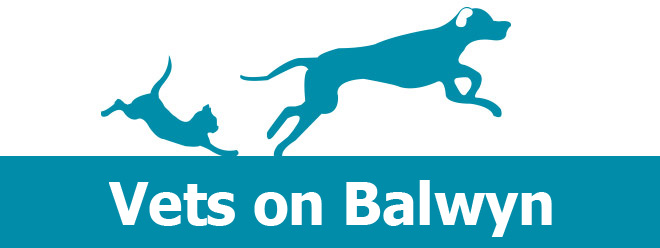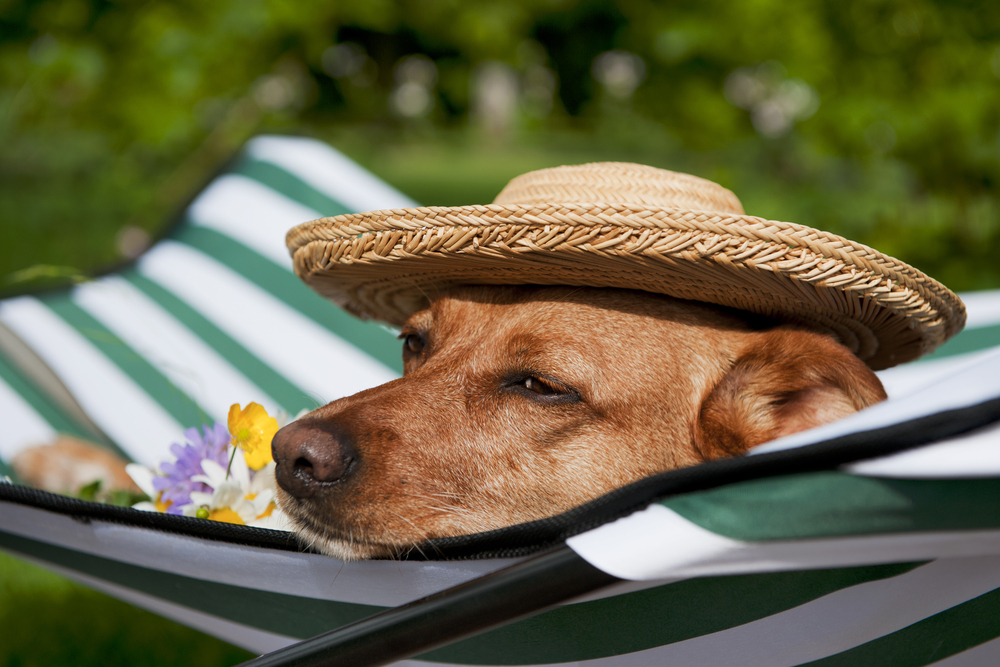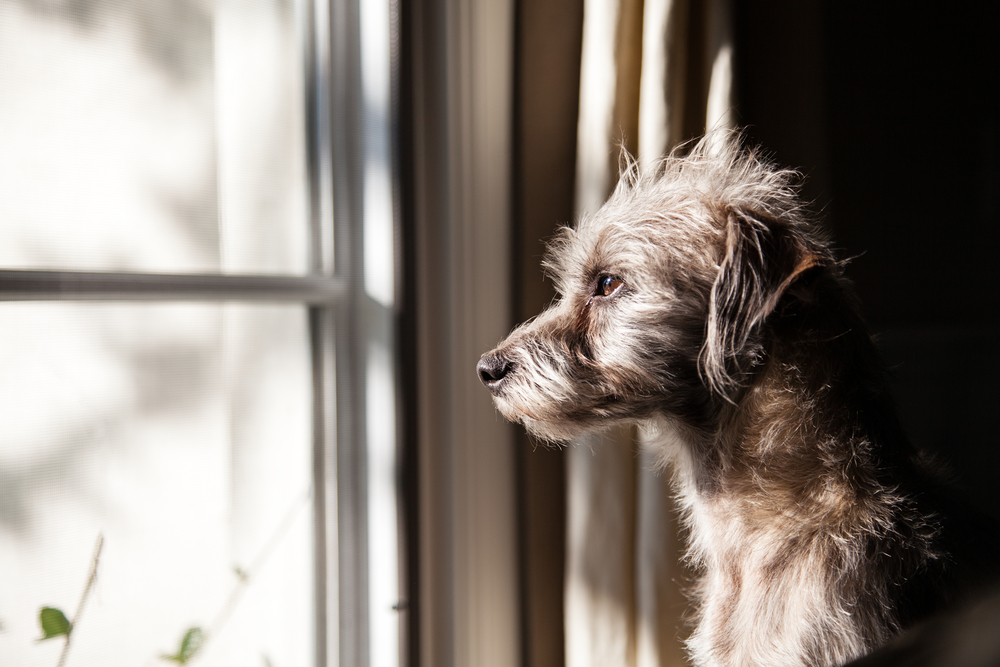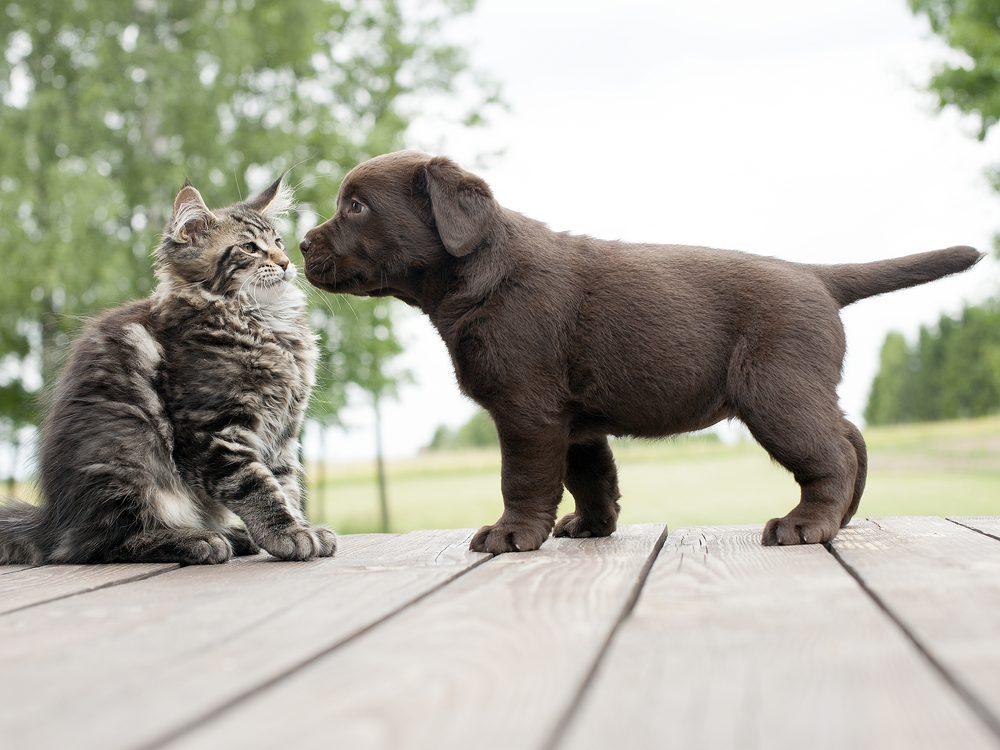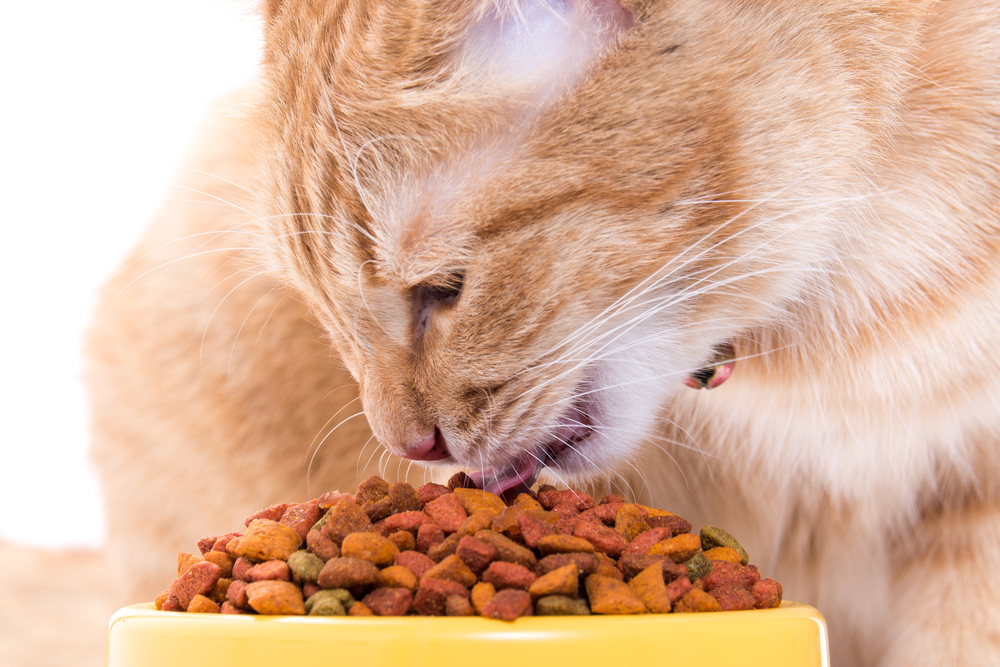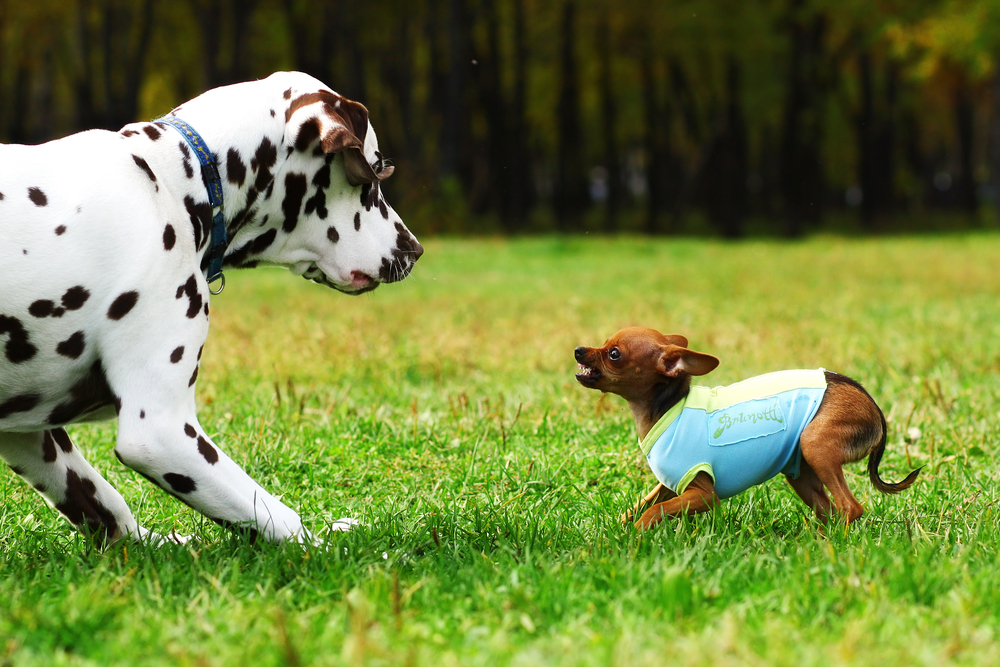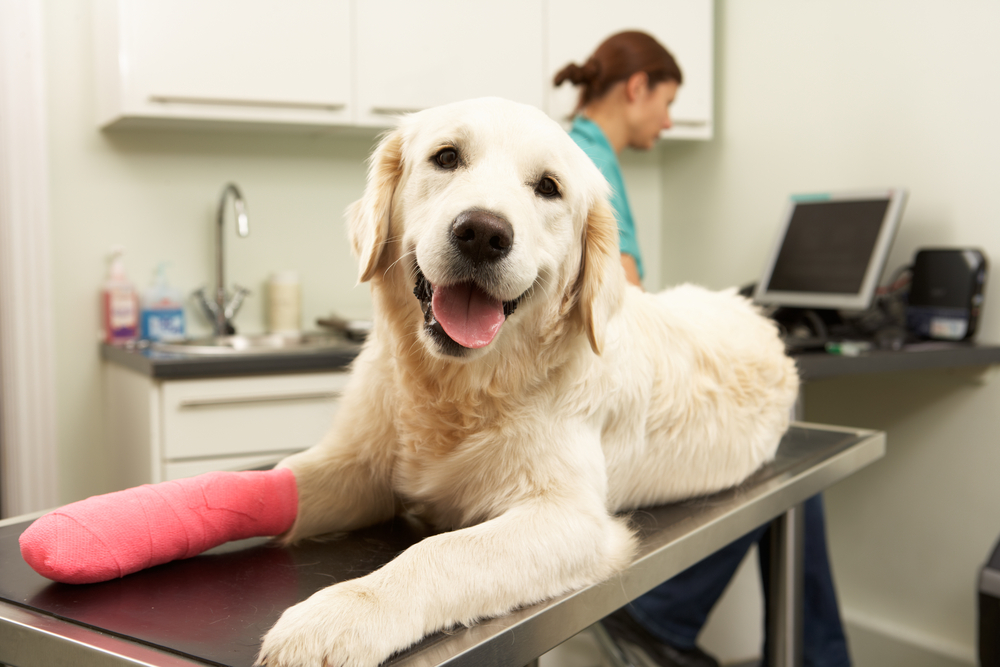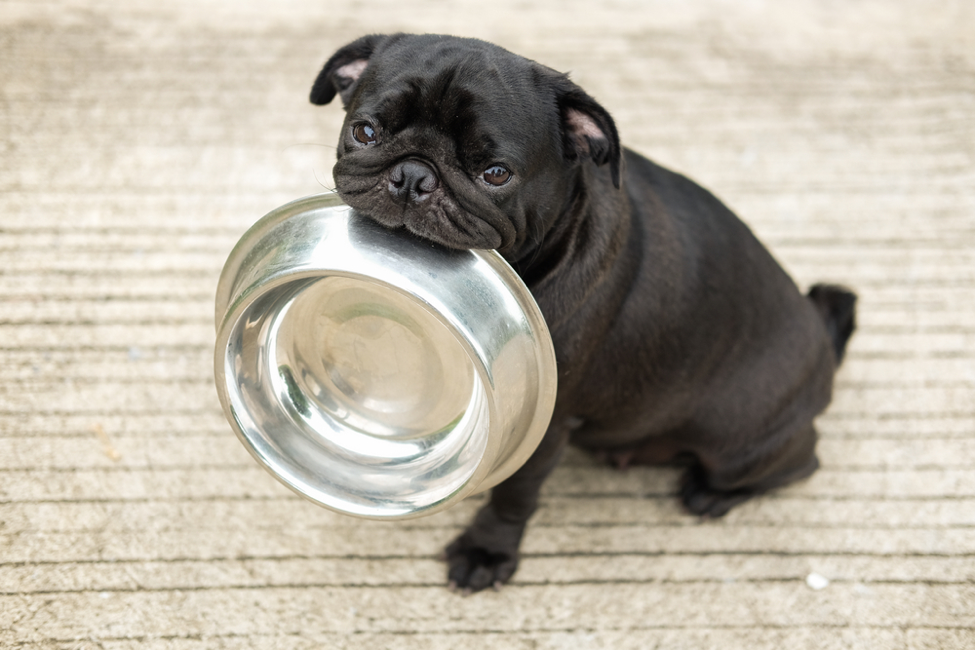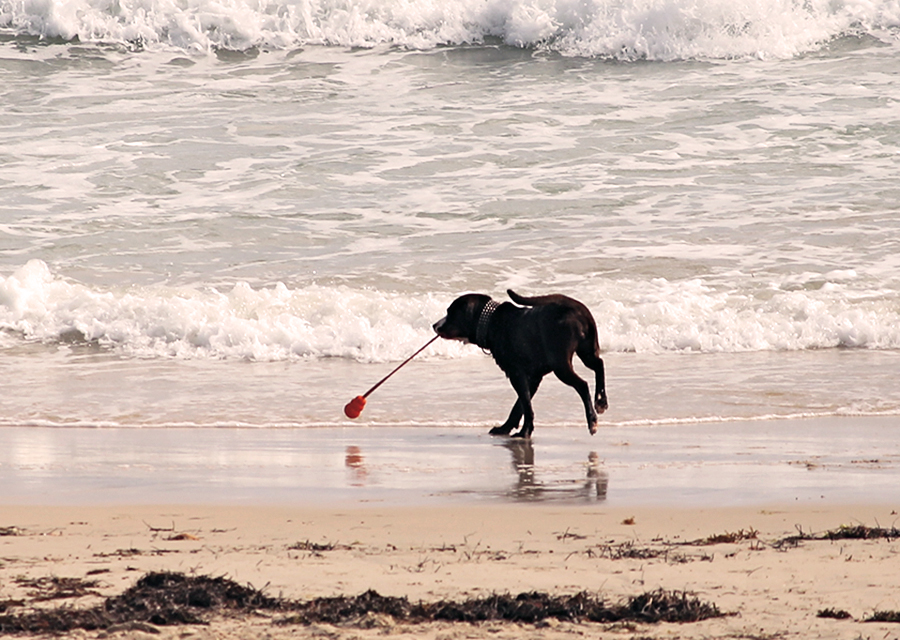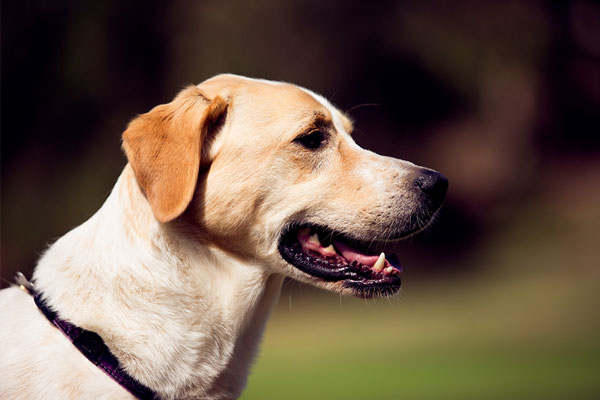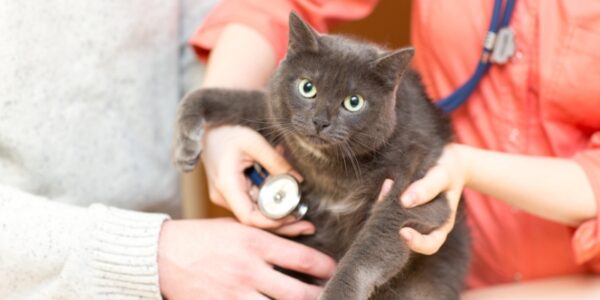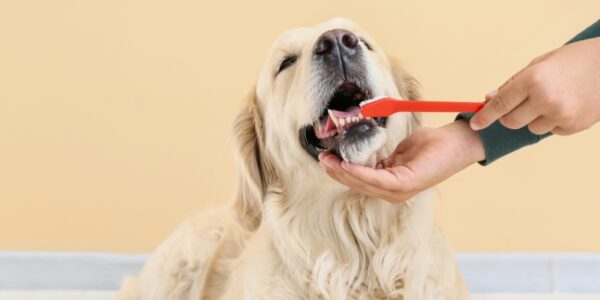During summer, most of our pet patients visit our East Kew veterinary clinic because they have been overexposed to the harsh sun. In this blog, we are explaining the different health consequences that this exposu...
Read More
Category: Dogs
-

-
 Separation anxiety is a common psychological condition which pets can suffer from when separated from their owner. Both cats and dogs can suffer from separation anxiety and it can manifest at any time over the co...
Separation anxiety is a common psychological condition which pets can suffer from when separated from their owner. Both cats and dogs can suffer from separation anxiety and it can manifest at any time over the co...
Read More -
 We’ve all heard the phrase, “First impressions are everything.” But did you know that this age-old adage applies to the animal kingdom, too? Many people ask our vet in East Kew how they should go about introducin...
We’ve all heard the phrase, “First impressions are everything.” But did you know that this age-old adage applies to the animal kingdom, too? Many people ask our vet in East Kew how they should go about introducin...
Read More -
 As a pet owner, it is imperative to know what kinds of foods are appropriate for your cat or dog. Whether you should feed your pet wet or dry food has been hotly debated among the pet community for quite some tim...
As a pet owner, it is imperative to know what kinds of foods are appropriate for your cat or dog. Whether you should feed your pet wet or dry food has been hotly debated among the pet community for quite some tim...
Read More -
 The dog park can be a great way to allow your pet to have some physical and mental stimulation away from home, as well as meeting other dog owners. However, there are some basic rules you should be aware of. Know...
The dog park can be a great way to allow your pet to have some physical and mental stimulation away from home, as well as meeting other dog owners. However, there are some basic rules you should be aware of. Know...
Read More -
 As pet owners, we often need to be prepared for accidents and illnesses will occur with our beloved furry family members. In an emergency, you will want to make sure your pet has the best chance of survival. Emer...
As pet owners, we often need to be prepared for accidents and illnesses will occur with our beloved furry family members. In an emergency, you will want to make sure your pet has the best chance of survival. Emer...
Read More -
 Spring is already upon us, and with so much pollen in the air many of us use of hay fever medication to keep allergies at bay. But what about your pets? For cats and dogs, it’s a little more complicated to minimi...
Spring is already upon us, and with so much pollen in the air many of us use of hay fever medication to keep allergies at bay. But what about your pets? For cats and dogs, it’s a little more complicated to minimi...
Read More -
 Today, the dog food industry is immense and can be overwhelming to even experienced pet owners. With an enormous variety of diet options available, it can be hard to decide what’s best for your pet and so...
Today, the dog food industry is immense and can be overwhelming to even experienced pet owners. With an enormous variety of diet options available, it can be hard to decide what’s best for your pet and so...
Read More -
 Along with all the benefits of living in the most liveable city in the world, not having to worry about the paralysis tick was an added bonus. Unfortunately, thanks to climate change, they have arrived on our...
Along with all the benefits of living in the most liveable city in the world, not having to worry about the paralysis tick was an added bonus. Unfortunately, thanks to climate change, they have arrived on our...
Read More -
 Cooling off at the beach is a great way to turn your hot dog into a cool dog. As long as it isn't too hot and you have plenty of water on hand, a trip to the beach with your dog can be an amazing way to spend a s...
Cooling off at the beach is a great way to turn your hot dog into a cool dog. As long as it isn't too hot and you have plenty of water on hand, a trip to the beach with your dog can be an amazing way to spend a s...
Read More -
 Protect the health of your cat or dog with expert dental care from Vets on Balwyn pet dentist services More than 80% of dogs and cats in Australia are silently suffering from painful dental disease. Tartar and ca...
Protect the health of your cat or dog with expert dental care from Vets on Balwyn pet dentist services More than 80% of dogs and cats in Australia are silently suffering from painful dental disease. Tartar and ca...
Read More
